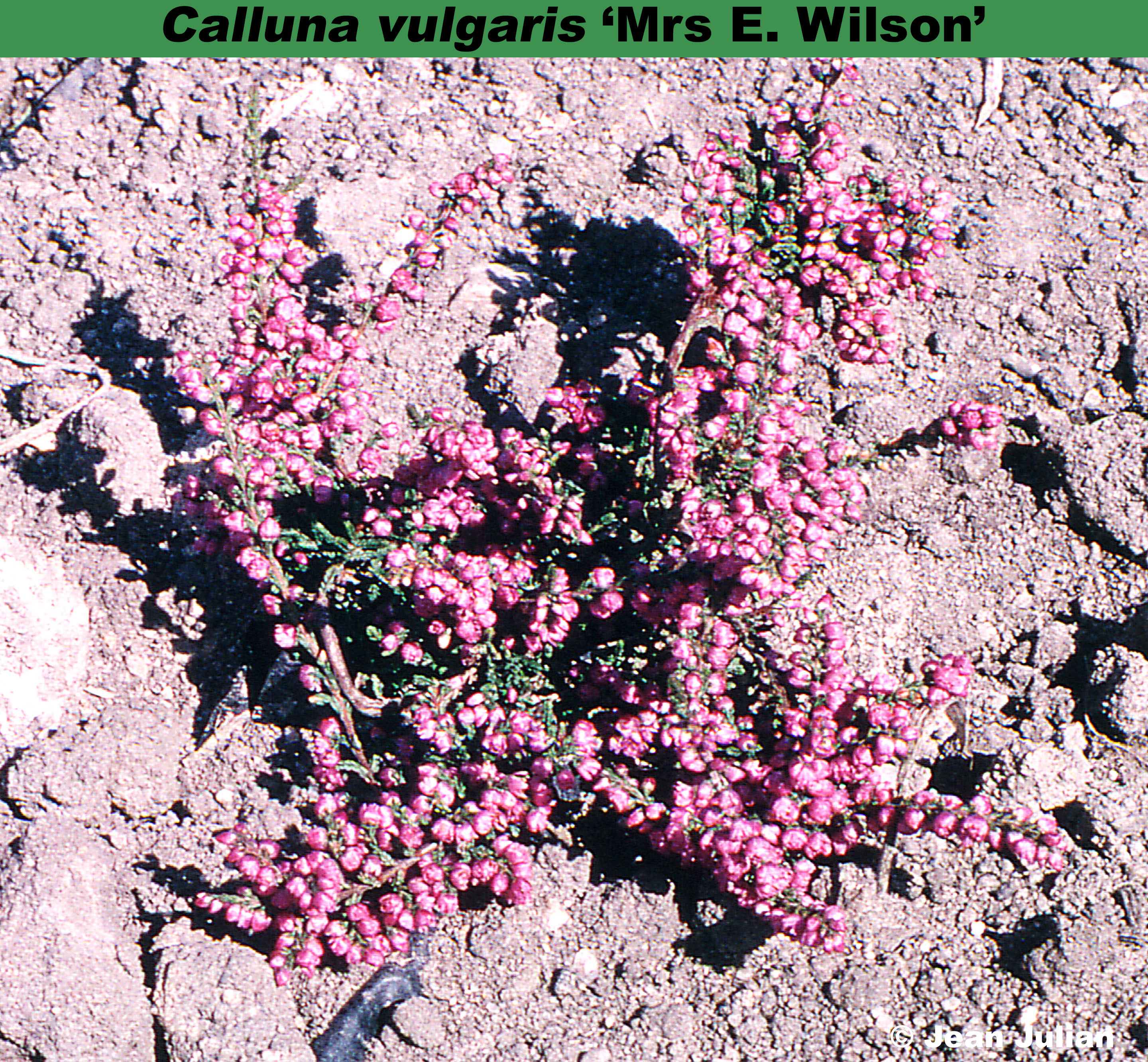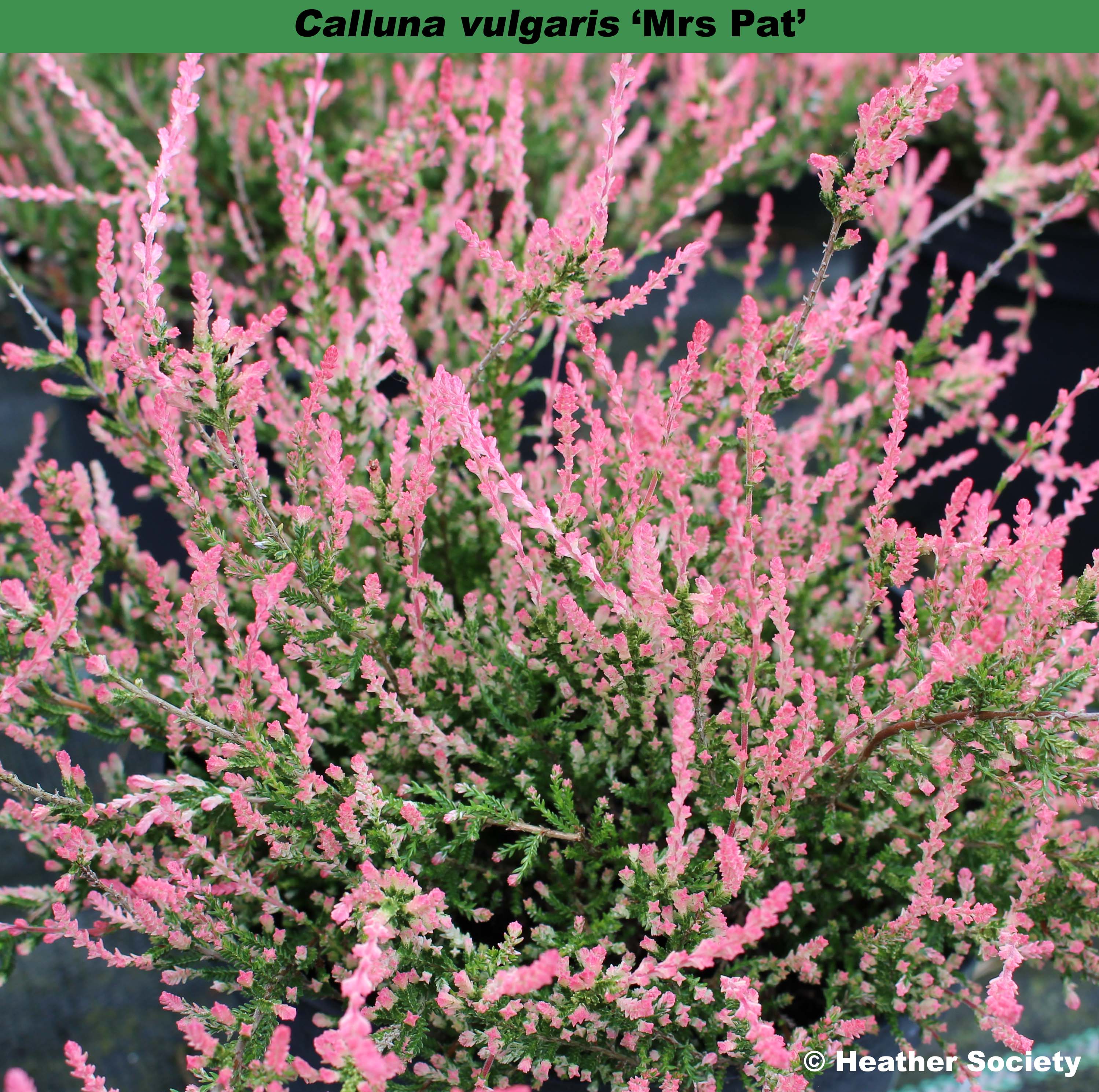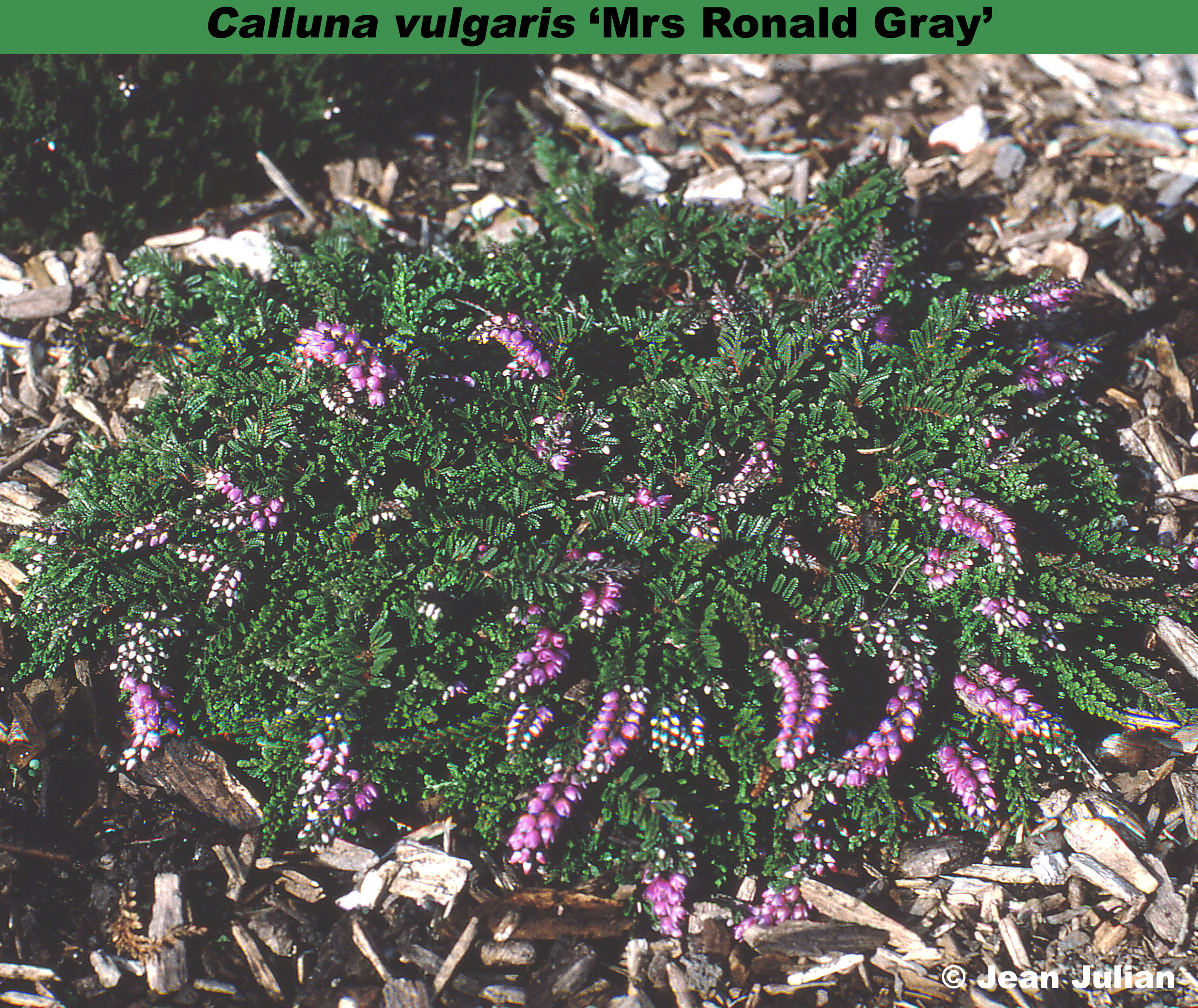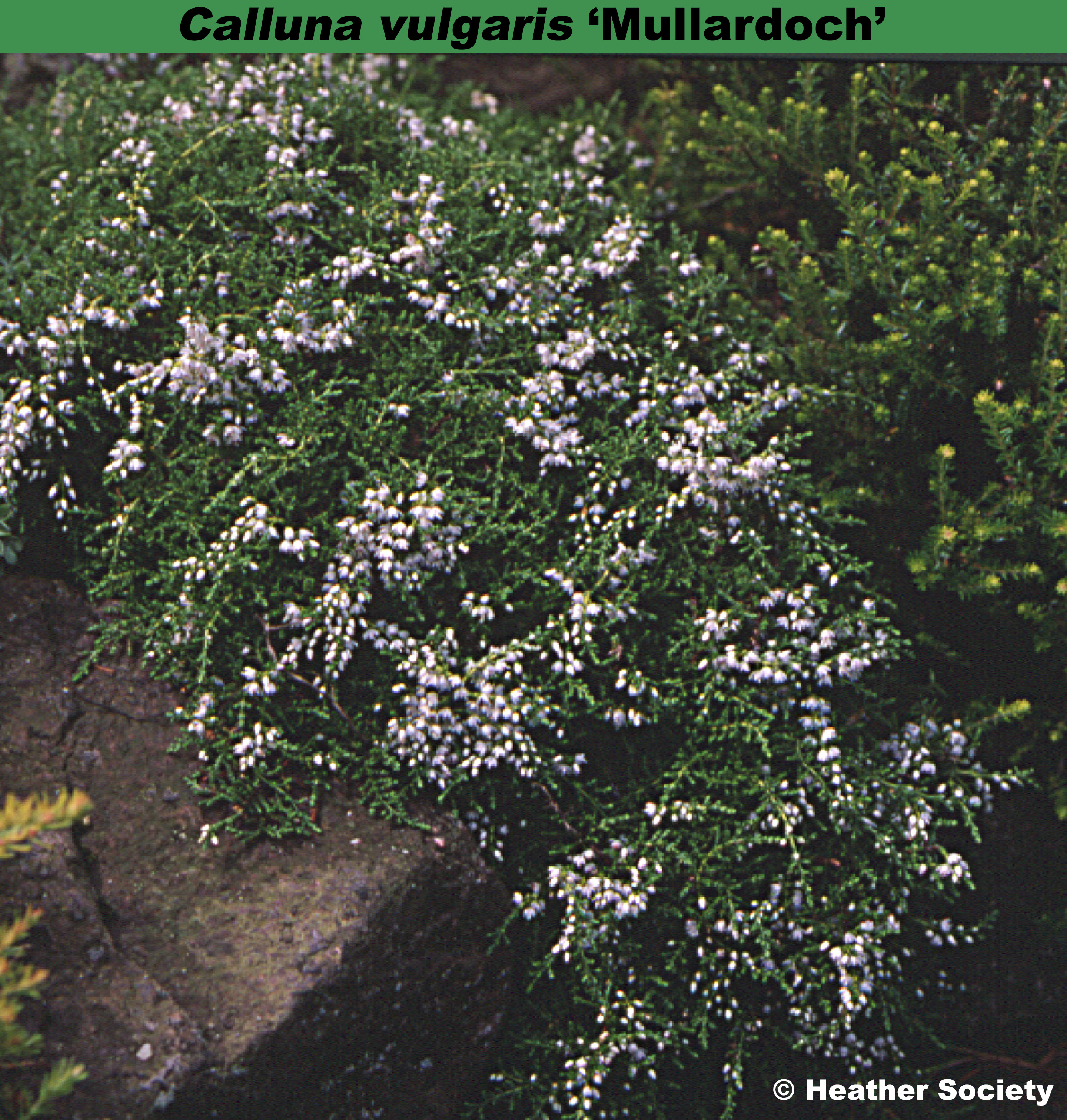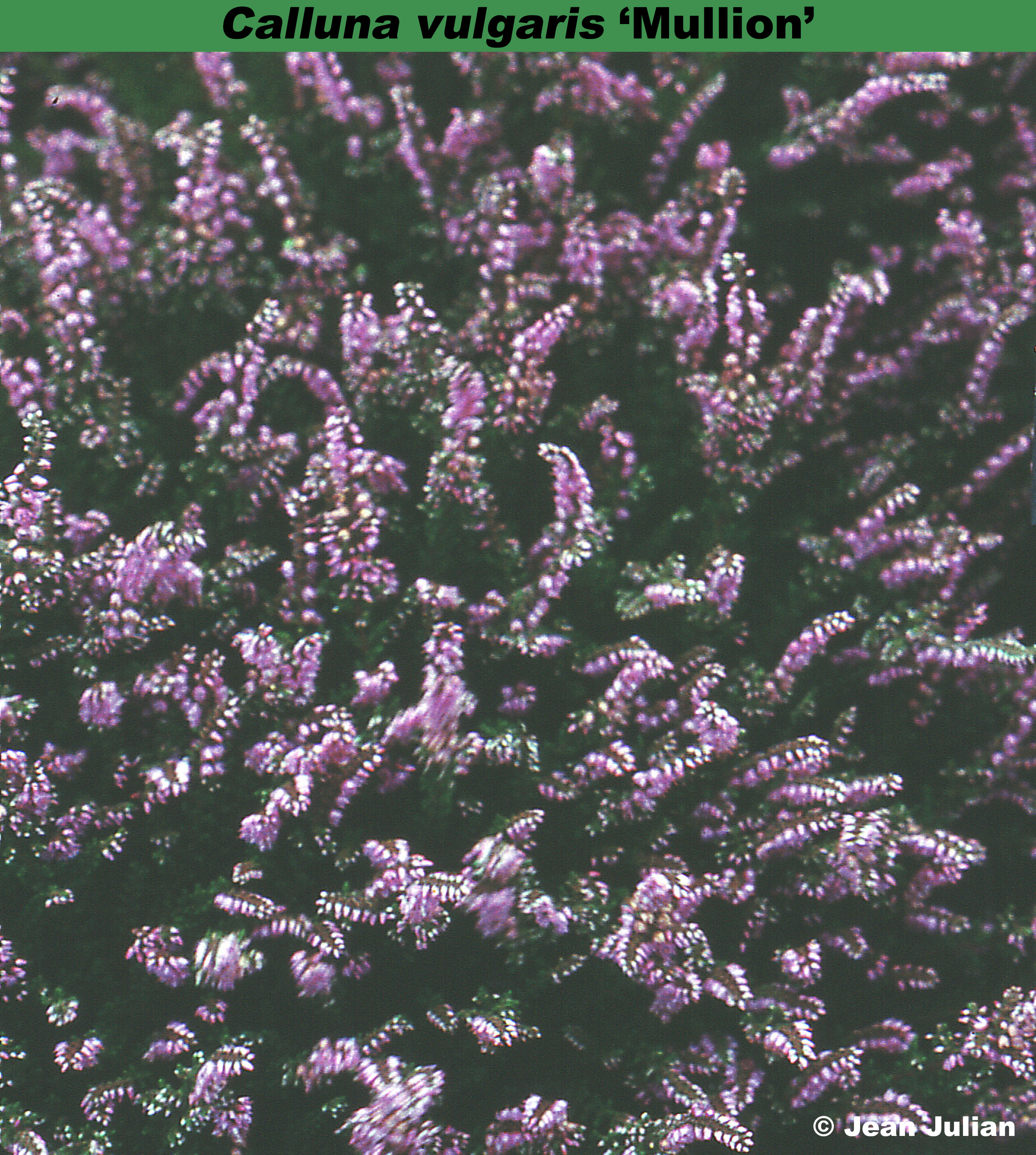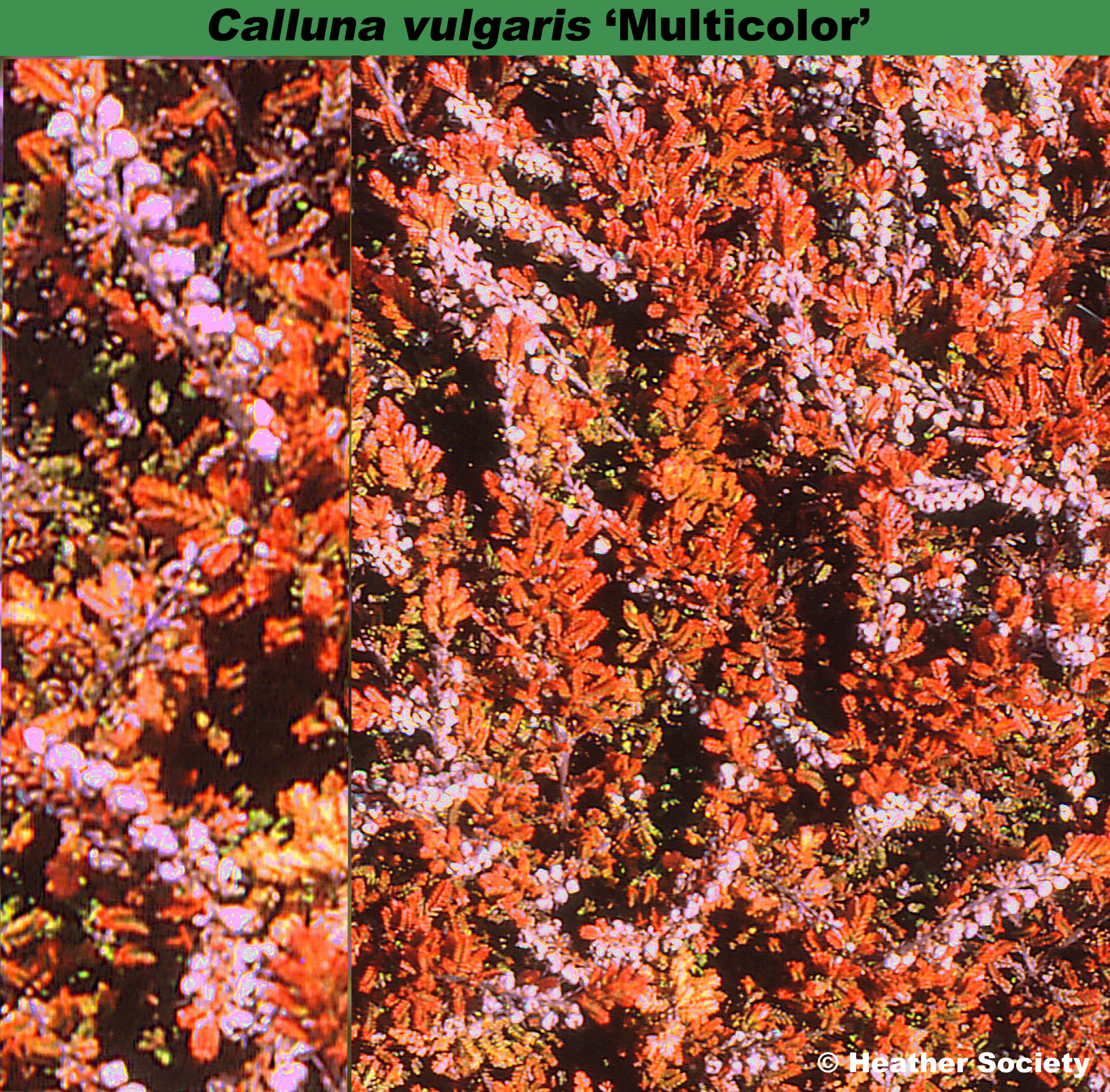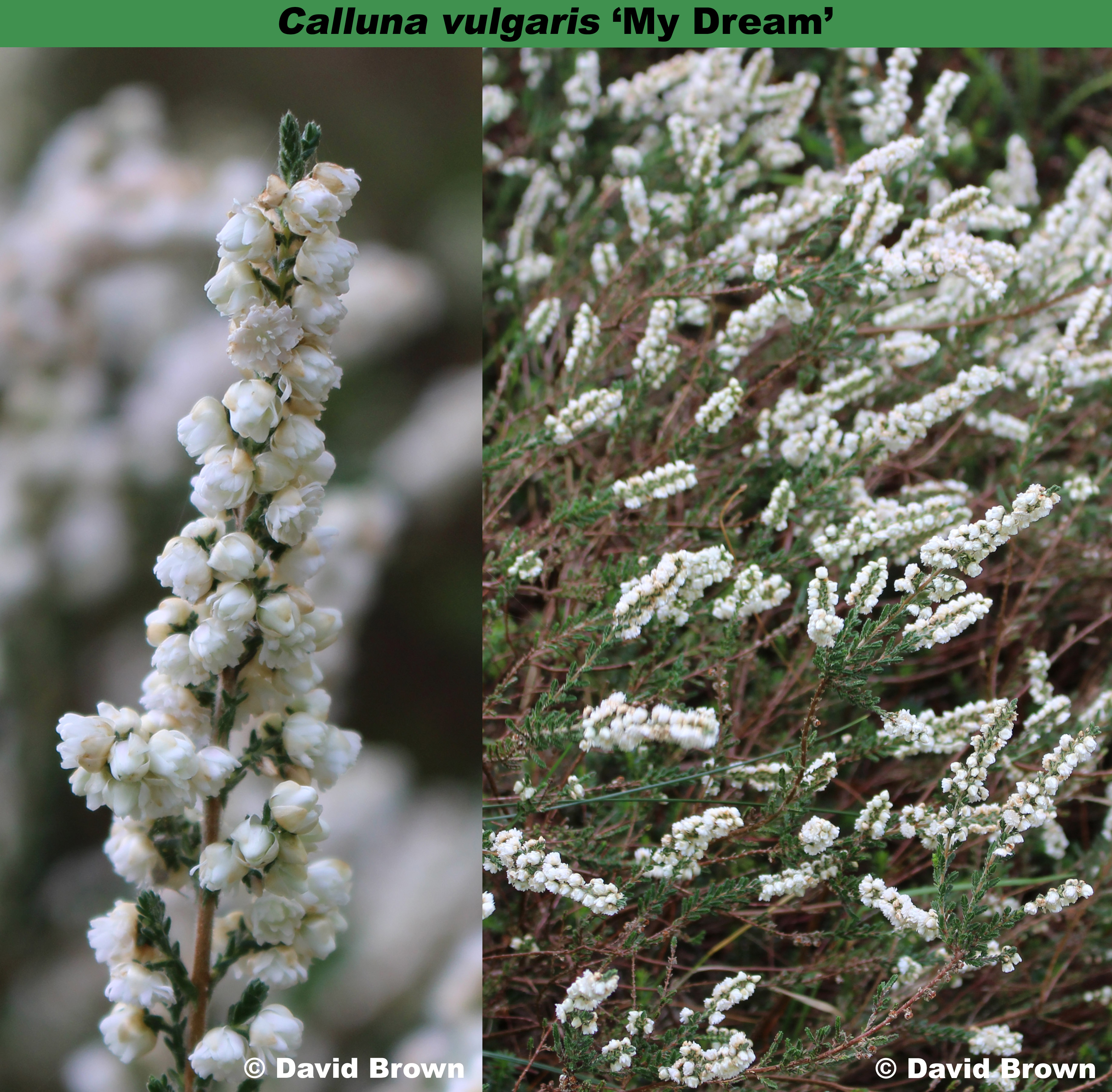❁ Heliotrope (H12) flowers, VII–IX; dark green foliage; loose spreading habit; height 30cm; sprerad 40cm.Very similar to ‘Tib‘.
Sport on a wild plant; found by Albert Wilson (Royal Oak, Victoria, British Columbia, Canada) about 1959.
Named after the finder’s wife. Albert Wilson died in the late 1960s. (He was not related to the Wilsons of Sardis, British Columbia, Canada.)

